How to Use a Cash Only Diet to Kick Start Your Debt Repayments
It’s easy to tap and swipe away on your debit and credit cards for groceries, gas, online shopping and nights out.
But when you’re dealing with invisible money, it’s hard to track how much you’re spending. You may face some sticker shock when your credit card and bank statements arrive to see how quickly your day-to-day spending accumulates.
Twenty-five per cent of Canadians say paying down debt is their top financial priority for 2018, according to a CIBC poll.
Personal finance experts swear by a cash-only diet to kick start debt repayments and other financial goals.
Cash-only diets force you to do two important things: build a realistic budget for your spending and gain control over your purchasing and what you’re spending your money on. It’s the perfect way to get started on paying off debts, understanding how to budget and gaining insight into spending habits.
But it’s worth noting: a cash diet isn’t for everyone, but if you want to get a pulse on your spending, and your ability to stick to a budget, it may be a worthwhile exercise.
How to Start a Cash Only Diet
A cash-only diet begins with establishing a budget so you’ll know how much cash you need to pull out each month. For starters, you need to know how much income you’re pulling in, along with how much you typically spend within a month. Comb over past bank and credit card statements so you can crunch the numbers. Your budget will include categories, such as housing, utilities, car payments, phone and Internet bills, and other fixed costs.
Then you’ll need to examine your paper trail of statements to get a snapshot on your discretionary spending, such as entertainment, shopping and eating out. You need to factor in annual expenses, too, such as your vacation, Christmas and car maintenance. This annual amount is divided by 12 so that you’re covering off these expenses each month.
Finally, you need to tally up your debts so determine how much you owe, and how you plan on chipping away at debt repayments. This can be a difficult exercise but it provides a lot of insight into what your cash flow and spending looks like on a monthly basis. Your budget needs to balance: you’ll have your income, along with fixed expenses, discretionary spending, annual expenses, and debt repayments.
With your budget in tow, your next steps are to determine how you’ll live off of your cash-only diet. Fixed expenses from rent to car payments are better off paid by bank transfers, automated payments, cheques and other forms of payments. They shouldn’t be paid in cash. Your debt repayments can be automated now that you have a fixed monthly sum dedicated to this category, too.
Using cash as your only payment tool for discretionary spending is a good idea, though. If you’ve earmarked $250 per month on groceries, or $50 a week on workplace lunches and coffees, you could withdraw money for that duration at the start of the month. The cash goes into an envelope or jam jars allocated for each category. When you head to the supermarket, for example, you’ll bring cash from that envelope with you. The money comes out in the transaction and it’s replaced with a receipt in the designated envelope to account for your purchases.
Once the money in the jar is gone for the week or the month, you’ve tapped out. You may use leftover cash in other envelopes to shift into other pots, though. The first month or two may be tricky as you slowly perfect your budget. You may find you put too much in one category and not enough in another. You can always make adjustments as you see fit.
Lessons You’ll Learn while Living on Cash Only
 If you’re accustomed to using plastic to pay for everything in your daily life, you may lose grasp of how much you’re spending. A cash-only diet will teach you about how quickly money slips through your fingers and you’ll make breakthroughs in understanding your spending patterns.
If you’re accustomed to using plastic to pay for everything in your daily life, you may lose grasp of how much you’re spending. A cash-only diet will teach you about how quickly money slips through your fingers and you’ll make breakthroughs in understanding your spending patterns.
Perhaps you’ll learn your fixed expenses are too high or that you can make ends meet if you stop eating out everyday for lunch.
Your budget will also help you stay disciplined and gain insight into how much it costs to run your household smoothly. Within a few months, you’ll know precisely how much you’re spending on groceries, entertainment, debt repayment and the other categories that make up your budget.
Cash-only diets force you to take a pause before you spend and ask yourself if you really need to make that purchase, too. With an envelope stuffed with only a limited amount of money, you’re forced to decide what you need versus what you want.
How to Phase in Other Payment Tools
Some consumers may stick to a cash-only diet until they’re paid off all of their debts but others may want to use the tactic as a reboot, or to get their bearings as they learn how to budget.
Personal finance experts suggest that it’s worth sticking to for at least six months so that you understand your spending, saving and earning power.
It’s also worthwhile to use during expensive times of the year, such as the Christmas season to stop you from splurging on presents.
After a few months, you’ll reintroduce your debit card or credit card while sticking to a rigid budget as you did with the envelope system.
Be cognizant of spending on plastic, though. You could use apps to track spending the same way you did with hard cash, or you could stick to the envelope system, keeping receipts of all of your purchases.
You can also weave in plastic for smaller expenses, such as gas or groceries too.
Last Updated on December 20, 2024
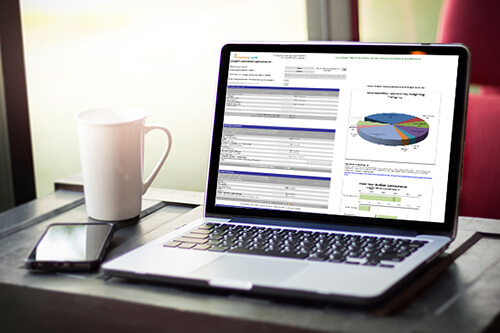
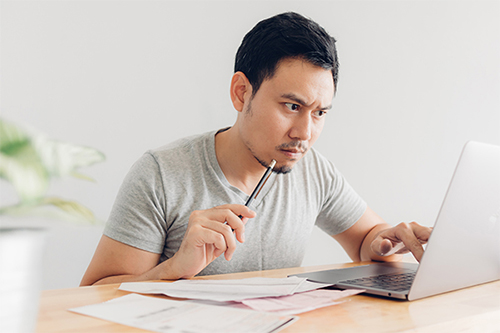
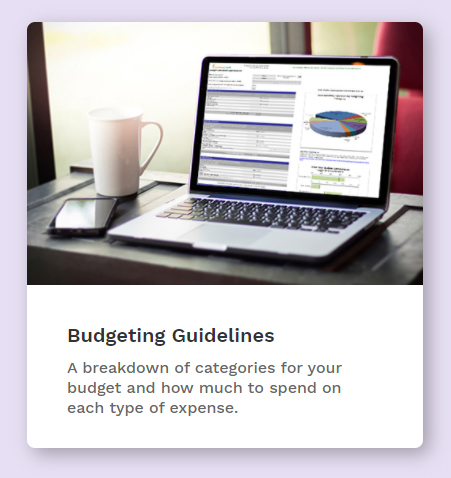
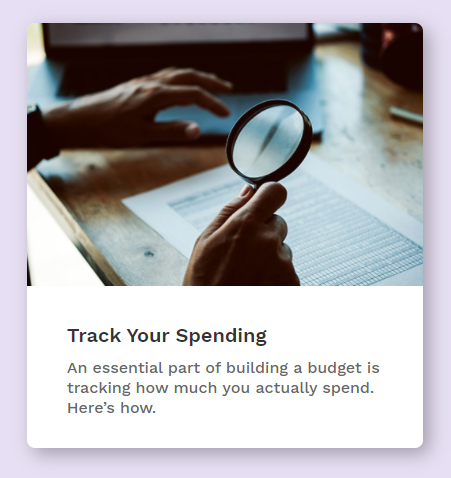
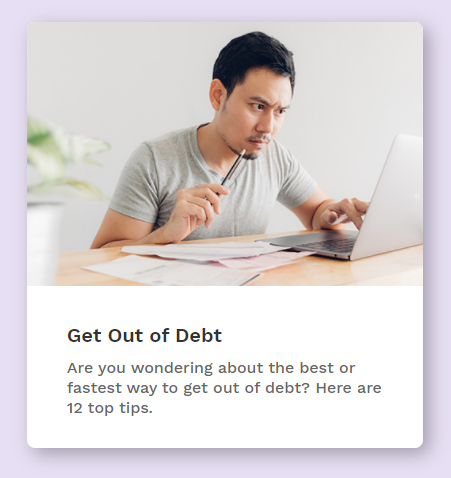

0 Comments